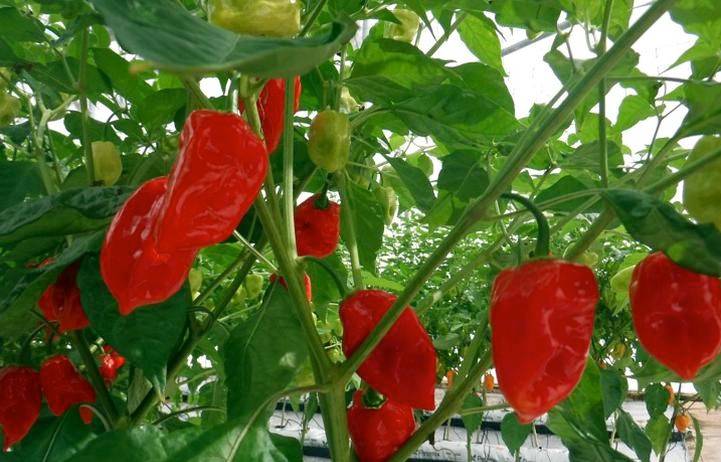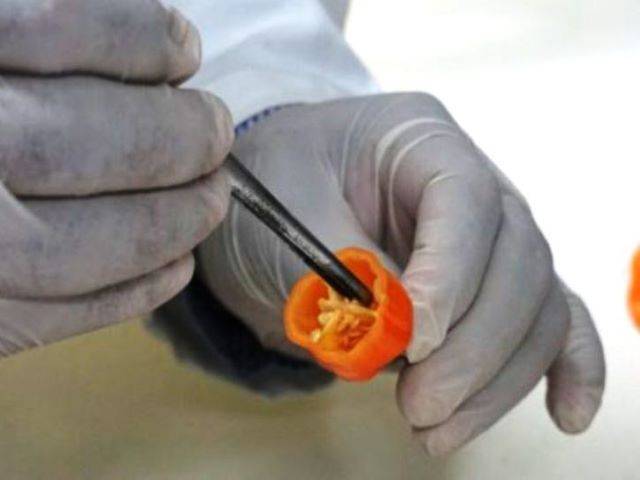
The Center for Scientific Research of Yucatán ( CICY ) is working on the development of habanero pepper varieties with higher levels of capsaicin that produces the spicy sensation and used to make medicines.
This chemical compound is also used for preparing paints for tear gas and boats, among other products.
One of leaders of this project, Teresa Hernandez Sotomayor told that “Many researchers are working on this project to get more and new varieties with higher content of that compound. We know that this can be a factor that generates added value to the Habanero pepper and lead to an increase in productivity”. she stressed.
Habanero peppers are more resistant to parasites, like oomycetes, which tend to destroy large areas of plants and that particularly affect the production of these vegetables.
Sotomayor indicated that CICY is generating new varieties of Havana, which already has a certificate of designation of origin, due to its growing demand at national and international level. He said it works in generation of specimens with higher levels of capsaicin as it has been proven that this compound competes for the so-called pain receptors & that causes the pain to reduce.
He said, "In this process we work with many researchers as the idea is to obtain more and new varieties that have a higher content of that compound, because we know that this can be a factor that generates added value to Havana and elevates production to larger scales,"

Similarly, the Yucatan Scientific Research Center develops Habanero peppers that are more resistant to parasites such as oomycetes.
"That oomyceto is not a fungus or bacteria, it is a microorganism that usually devastates large areas of plants and one of the affected plants in this region is precisely the Havana," said the specialist of the Plant Biochemistry and Molecular Biology Unit. Among the new approaches, there is the study of chemistry between this ommyceto and habanero plants in order to develop a better response and resistance from the vegetable.
















